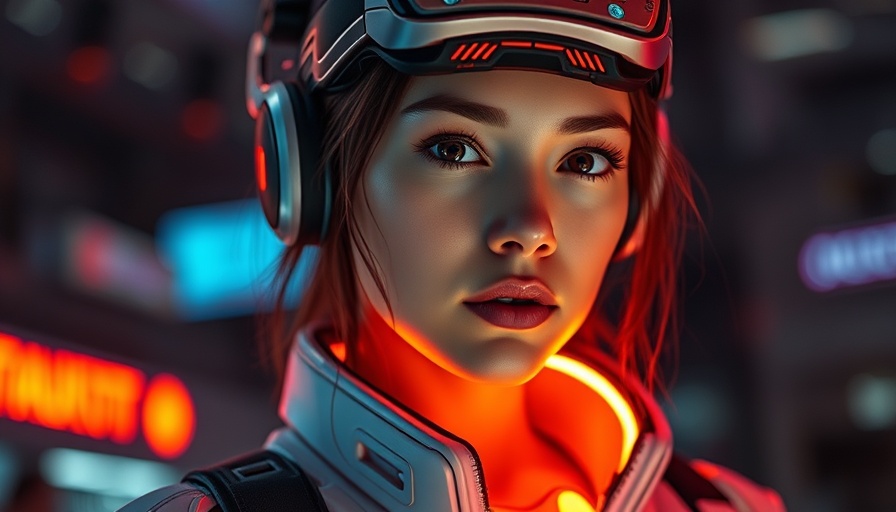
The Humanoid Robotics Revolution: What You Need to Know
In a groundbreaking development in robotics, NVIDIA introduced the GR00T-N1, an open foundation model poised to revolutionize humanoid robotics. This model signifies a leap towards creating robots that could assist us in our daily lives—an exciting prospect for business owners, students, tech enthusiasts, and educators.
In NVIDIA's New AI: Insanely Good!, the discussion dives into the innovative GR00T-N1 model, exploring key insights that sparked deeper analysis on our end.
From Vision to Reality: The Key Innovations Behind GR00T-N1
The development of GR00T-N1 is not just another milestone; it represents a conceptual shift in how we approach robotic training. Traditionally, training robots to understand and navigate the real world has been hampered by limited data availability. Unlike text datasets available for language models, creating comprehensive training data for robots requires genuine action labels across myriad tasks.
NVIDIA tackled this with their innovative Omniverse platform, creating a digitally immersive environment that simulates real-world physics. Robots can practice in this virtual space, gathering data faster than ever. In fact, it's reported that simulations can generate data equivalent to 25 years of real-world experience in a single day! This opens up a spectrum of possibilities for training lifelike robots.
Secrets of Self-Learning: The Evolution of AI-Driven Data Annotation
One of the fascinating breakthroughs in GR00T-N1 is its ability to leverage the vast amounts of unlabeled footage available online. By employing sophisticated AI algorithms, NVIDIA's system learns to label videos automatically, identifying actions, camera movements, and even joint specifics. This capability allows the model to use real-world data to enhance its training further, bridging the gap between simulated and lived experience.
The Importance of Dual Processing: Understanding Robotic Intelligence
GR00T-N1 combines two essential cognitive processes to maximize robotic efficiency: System 1 and System 2 thinking. The former processes real-time actions swiftly, while the latter enables slower, reasoned decision-making. This unique combination enables robots to plan and act, significantly enhancing their adaptability. By integrating different models, including the diffusion model prevalent in image creation, NVIDIA has created a revolutionary way for robots to learn and act seamlessly.
Looking Ahead: The Future of Humanoid Robotics
While GR00T-N1 is a significant advancement, it still has limitations. The model performs exceptionally with short tasks, often focused on interaction within closed environments, like moving objects on a table. Home robotics applications, such as doing laundry, may still seem distant. However, the model's open-access nature encourages community contributions, allowing users to tailor its applications for innovative projects. Imagine leveraging GR00T-N1 for tasks specific to your business or educational needs—what possibilities might await?
In essence, as we stand on the brink of this robotic revolution powered by AI, it’s essential to understand the technological landscapes shaping our world. The real magic of GR00T-N1 lies in its open-source design, allowing anyone, from students to tech professionals, to experiment and contribute. Whether you are a business owner seeking automation or a student eager to engage in tech, there’s encouragement to dive into this new frontier!
Action Steps: What Can You Do With This Knowledge?
If you’re intrigued by the potential of humanoid robotics, this is the perfect time to explore how you might employ these advancements in your life. Consider reaching out to communities that focus on AI and robotics, or try out the GR00T-N1 model for your projects. Share your insights and contributions; after all, collaborative knowledge is what drives innovation!
 Add Row
Add Row  Add
Add 




 Add Row
Add Row  Add
Add 

Write A Comment